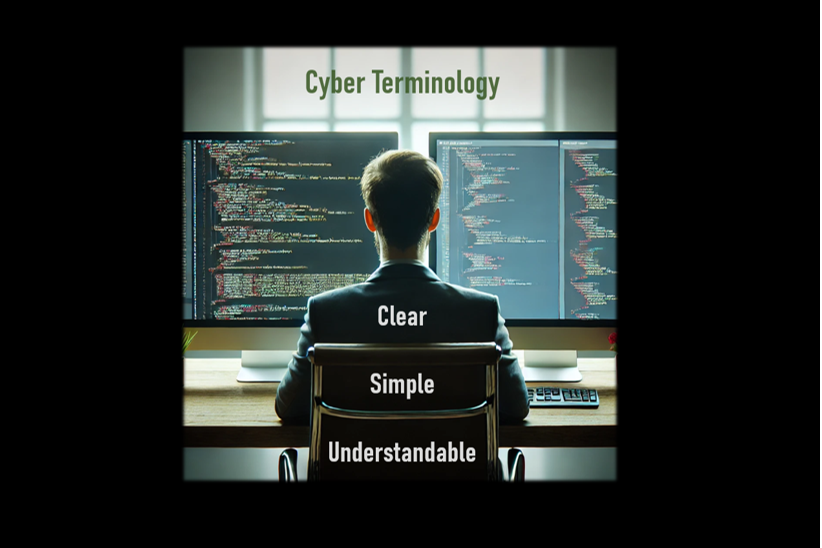At Valkyrie, we often handle complex cyber incidents. Our clients work across various industries and have different levels of cybersecurity knowledge, so we strongly believe in the power of clear communication. Using simple, direct language ensures that everyone understands what’s happened and the steps needed. To demonstrate this, here’s how the same incident can be explained in two different ways—one full of technical jargon, the other designed for a broader audience. This highlights the importance of clarity in cybersecurity.
A technical expert might describe the incident like this:
“We identified an APT group using C2 infrastructure and DNS tunnelling to steal PII, bypassing IDS/IPS with obfuscated payloads. They launched a multi-vector attack, leveraging spear-phishing with malicious macros to gain persistence via a reverse shell and escalate privileges with pass-the-hash. Lateral movement exploited SMB vulnerabilities, culminating in a DDoS on critical servers. After reviewing SIEM logs, we detected polymorphic malware, showing advanced evasion. The SOC deployed EDR to isolate endpoints, and forensics traced the IOCs to a zero-day exploit.”
This language is clear for a cybersecurity professional, but it can overwhelm someone without that background. Here’s a simpler explanation for a non-technical audience:
“Attackers sent fake emails to trick employees into clicking malicious links, giving them access to the company’s network. They moved through weak points, disrupting systems, slowing down servers, and targeting critical infrastructure. Our team tracked their activities and used advanced tools to contain the threat. Although they used sophisticated, hard-to-detect malware, we identified and resolved the issue, tracing it to a previously unknown vulnerability.”
Both versions tell the same story yet they target different audiences. At Valkyrie, we know that cybersecurity doesn’t have to be a maze of complex terms. Over the years, we’ve learned that clarity is key. Whether speaking to senior leadership or a technical team, the message must be clear and understood by everyone. This ensures everyone works together and understands the outcomes, helping to build resilience against future threats.
Simplicity is often the most effective approach, especially in urgent situations. Tailoring communication to the audience’s needs ensures the message is clear and actionable which helps prevent information overload, keeping people focused on what matters.
Ultimately, professionals act as translators in fields like cybersecurity—taking the complex and making it accessible without losing crucial details. Bridging this gap ensures even the most technical incidents are communicated in a way that everyone understands.
Key takeaway: Simplifying cybersecurity allows businesses to focus on what they do best. Don’t let confusing language weaken your security.














